ACT Emergency Services Do Us Proud
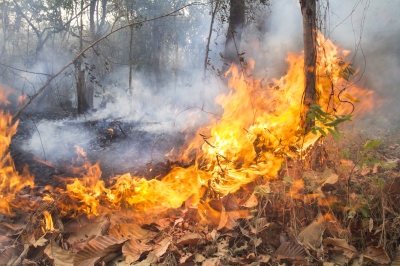
Have no fear, Canberrans! When it comes to state emergency services, you’re in the best hands in Australia.
The results from 2016 are in and the ACT emergency services have the fastest average response times in Australia and the best performances in Australia across all services.
The ACT Ambulance Service (ACTAS) has 247 staff whom responded to a 50191 callouts in 2015-2016. ACTAS has held the fastest response time in Australia since 2009 and has maintained a customer satisfaction rating of 98%.
The average ambulance in the ACT takes 13.7 minutes to respond from when the call is made.
ACT Fire & Rescue employ 341 staff, assisted by 50 community fire units composed of over 900 volunteers who have responded to 24941 incidents throughout 2015-2016. Injuries caused by fire in the ACT are the lowest in Australia, as only 8 in every 100,000 are injured. On top of this, an incredible 78% of all building fires in the ACT were confined to the room of origin.
Average fire response takes a mere 10.2 minutes to arrive on scene from when the call is made.
Fire & Rescue, Rural Fire Services, Ambulance Services and the SES responded to a combined total of 62,404 incidents over the 2015-2016 period. However, some major incidents required larger responses such as the April mulch fire at Pialligo, July smokehouse fire in Hume and the November pallet fire at Pialligo.
Above average rainfalls throughout 2016 also resulted in a high number of callouts associated with storm damage, minor flooding assistance, tree management and roof repairs.
The majority of emergency responses are for medical reasons, totalling 60% of callouts. The other 40% of emergency responses are for fire, storm and flood assistance, rescue efforts and false alarms.
Dominic Lane, AFSM Commissioner of the ACT Emergency Services Agency said that last year’s key achievements include continued station and technology upgrades, and a recruitment drive to enlist more women in fire fighting.
Despite improvements in response times and other performance aspects, such as containment of fire, the Emergency Services Agency has recognised that our growing population is increasing demands and efficiency of services.
A number of operations and projects have been set in motion throughout the past year. This includes the incorporation of Bureau of Meteorology flood gauge data to assist SES members during flooding events, automated modelling of bushfire attack levels, suburb specific plans to reduce community impacts from disasters, and a real time application that details both planned and unplanned traffic disruptions.
All relevant information was sourced from the ACT Government’s Emergency Services Agency, “2016 Report Card”, Published by ACTAS, 2017, Canberra.
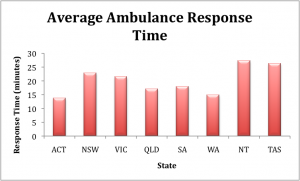
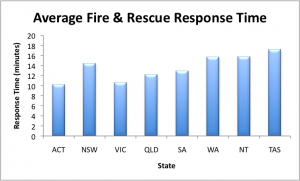
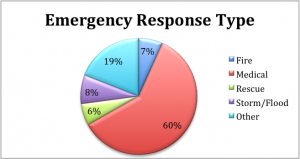

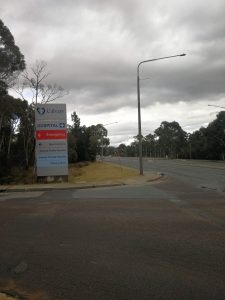



Be the first to comment!